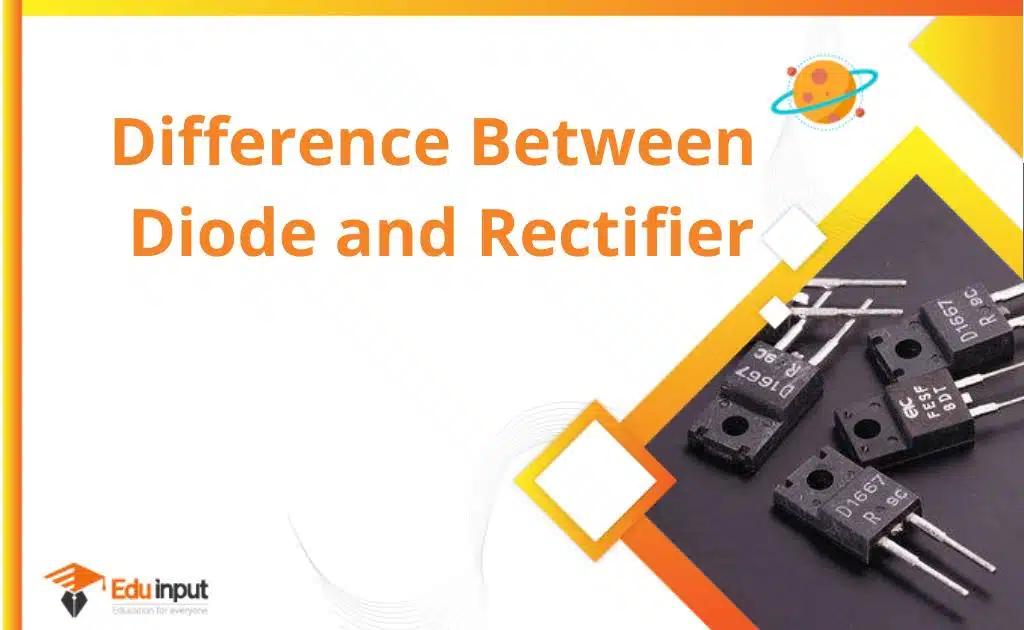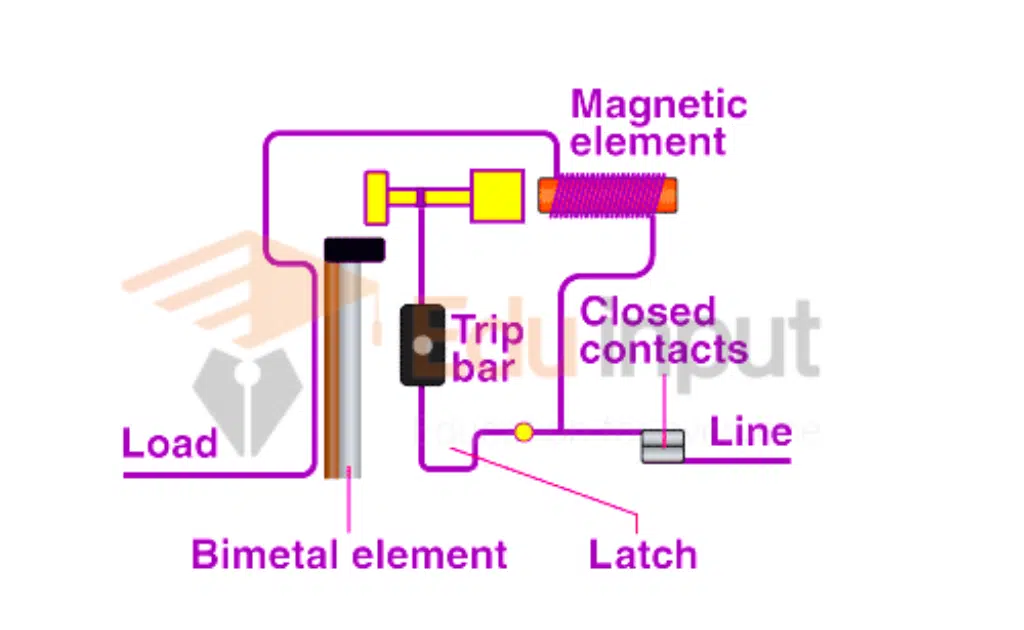What is Amplifier?-Definition, Types, And Characteristics
The amplifier is an electrical device that increases the intensity of the input signal.
What is an Amplifier in Physics?
An amplifier is a device that amplifies the electrical signal. An amplifier can be an electrical or mechanical device that is used to increase the strength of the electrical signal. Amper is the unit of the output.
Types of amplifiers:
Amplifier types can be divided into two categories:
Power amplifier:
A power amplifier is an electronic amplifier that increases the power of a given input signal. It’s possible to drive loads of output devices like speakers, headphones, RF transmitters, and so on if the input signal’s power is increased to a level high enough.
Signal amplifier:
A signal amplifier uses electrical power to increase the amplitude of an incoming signal and then outputs a higher version at the output terminals.
Characteristics of amplifiers:
Amplification: The amplification of the signal is the key to amplifying the strength of the signal.
Input impedance: The input impedance is the resistance of the amplifier towards the signal. It is measured in ohms.
Efficiency: The efficiency of the amplifier refers to the percentage of the output power of the amplifier is converted to the input power of the amplifier.
Stability: The stability of the amplifier is related to the ability of the amplifier to maintain the output power without fluctuation.
Noise: Noise is the unwanted noise that is added to the signal by the amplifier.
Output impedance: Output impedance is the resistance of the amplifier towards the output of the signal.
Output power: The output power of the amplifier is the output power of the amplifier that is converted to the input power of the amplifier.
Output voltage: Output voltage is the amplitude of the output signal.
Power supply: Power supply is the supply of the power to the amplifier.
Gain: The gain of the amplifier is the ratio of the strength of the output signal to the strength of the input signal.
Response time: The response time of the amplifier is the time it takes for the amplifier to respond to the input signal.
Threshold voltage: The threshold voltage is the minimum voltage at which the amplifier can be activated.
Saturation voltage: The saturation voltage is the maximum voltage at which the amplifier can be activated.
Threshold current: The threshold current is the minimum current at which the amplifier can be activated.
Saturation current: The saturation current is the maximum current at which the amplifier can be activated.
Crossover frequency: The crossover frequency is the frequency at which the input and output impedance are equal to each other.
Common mode rejection ratio: The common mode rejection ratio is the ability of the amplifier to reject the common mode voltage.
Bandwidth: The bandwidth of the amplifier is the range of frequencies of the input signal that the amplifier can amplify.
Signal to noise ratio: The signal to noise ratio of the amplifier is the ratio between the strength of the input signal and the noise produced by the amplifier.
Noise figure: The noise figure of the amplifier is the ratio between the noise power of the amplifier and the input power.
Negative feedback of Amplifier
Most modern amplifiers use negative feedback to improve bandwidth, distortion, and control gain. In a negative feedback amplifier part of the output is fed back and subtracted from the input in opposite phases. The main effect is to reduce the overall gain of the system. Any unwanted signals that are introduced by the amplifier are also fed back.
They are subtracted from the input in the opposite phase since they are not part of the original input. Negative feedback reduces the distortion and other errors that are introduced by the amplifier.
The output performance of the system is defined by the components in the feedback loop, so large amounts of negative feedback can reduce errors to the point that the response of the amplifier is almost irrelevant. This technique is used with operational amplification.






Leave a Reply